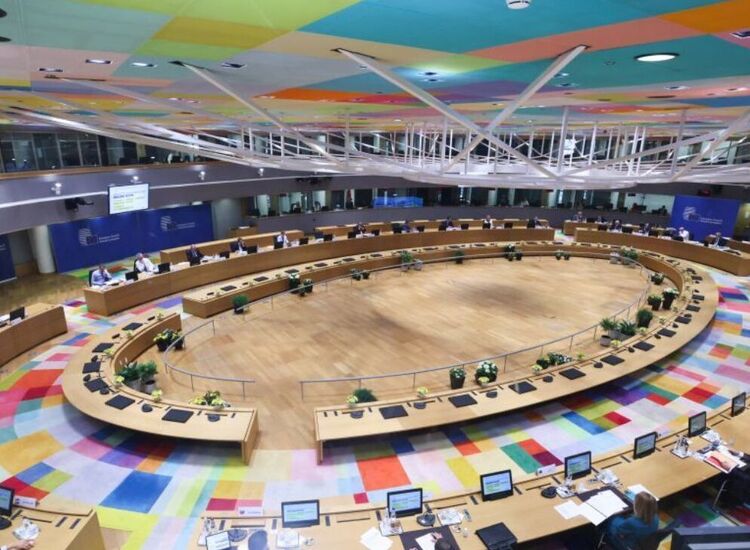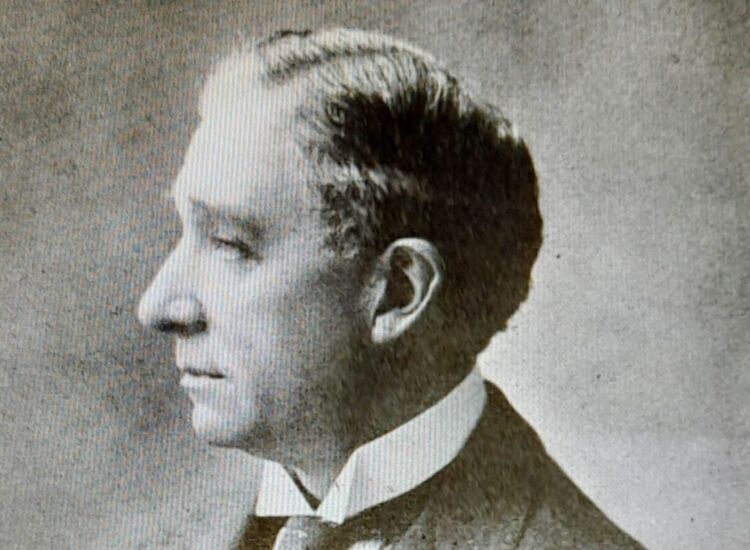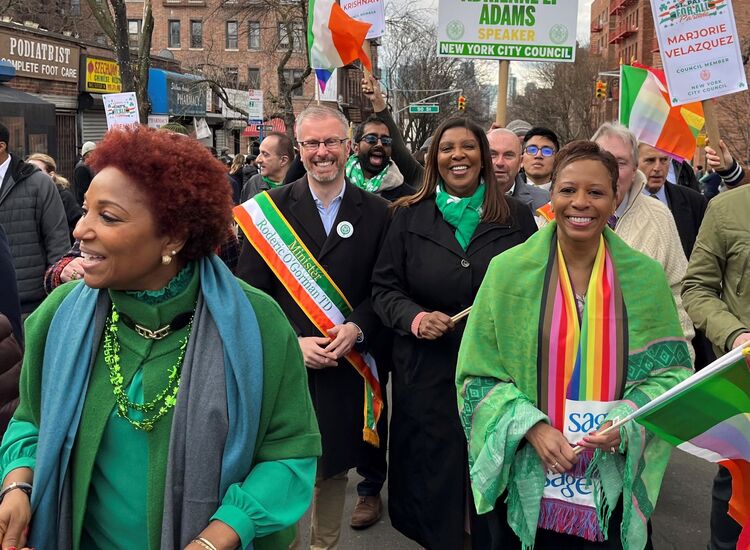BOOKS/Peter McDermott

So what gives? A whole genre already? How did that happen? That last question is one of the things considered by novelist Declan Burke in his blog Crime Always Pays -- http://crimealwayspays.blogspot.com. There's enough material, it seems, for erudite daily postings covering every aspect of the modern Irish crime novel.
Booker Prize-winner John Banville's double jobbing as Black is but one interesting dimension of the phenomenon. Brian McGilloway, who teaches English at St. Columb's College in Derry, was asked by the Guardian last year to list and discuss his top 10 Irish crimes novels. He picked individual works of 10 authors: Declan Hughes, Ken Bruen, Bateman, Alex Barclay, Gene Kerrigan, Declan Burke, Adrian McKinty, Arlene Hunt, Ruth Dudley Edwards and Tana French.
Modesty, presumably, prevented him mentioning either of his own well-received contributions. And Benjamin Black was omitted, as was perhaps the best known in the group, John Connolly, on the grounds that his works are set in Maine and not in his native country.
Connolly's works are stacked in U.S. bookstores alongside those of Irish-American crime-writing superstar Michael Connelly. But almost all of the 10 writers on McGilloway's list have been published here and some are doing very well. French, for instance -- a Dublin resident and the 2008 winner of the Edgar Award for Best First Novel, which the Philadelphia-born Connelly picked up in 1993 -- has made a big impact. Bruen and Hughes are also making names for themselves on this side of the Atlantic.
"John Connolly is the pied piper," said Joe Long, a graduate student at New York University. Ten years ago, he met Connolly at a reading in New York and they became firm friends. Soon, Long, who has lived all of his 58 years in Manhattan, was hooked on Irish crime fiction. "There're all great," he said. "It's not just good crime writing; it's good Irish writing."
In his blog, Burke explicitly rejects any such claims in his own case, but makes plain his unhappiness at the lack of attention given to the most talented of his colleagues.
He has written: "[D]espite its critical and popular success in the U.S., the UK, France and Germany, Irish crime fiction is still not taken seriously in Ireland."
A notable exception, he said, is Fintan O'Toole, who has argued that the crime writers have produced the nearest Ireland has to realist literature. The Irish Times columnist has posited all sorts of reasons for its emergence. But Burke has suggested that a single murder can be the trigger for a new trend in writing. In the case of the wave of Scandinavian crime fiction that has swept the world in the last two decades, he pointed to the shocking assassination of Swedish Prime Minister Olof Palme as he walked from a movie theater with his wife on the evening of March 1, 1986. The Irish equivalent was the murder of journalist Veronica Guerin 10 years later.
Interestingly, Burke added, the assassination of government minister Kevin O'Higgins as he walked to Mass on July 10, 1927, was followed in 1928 by Liam O'Flaherty's "The Assassin," about the killing of a leading politician. That work was "practically a blueprint for the hard-boiled crime writing produced in the following years" by Americans like Dashiell Hammett and James M. Cain.
More next week.
[PHOTO BY PHOTOCALL]








